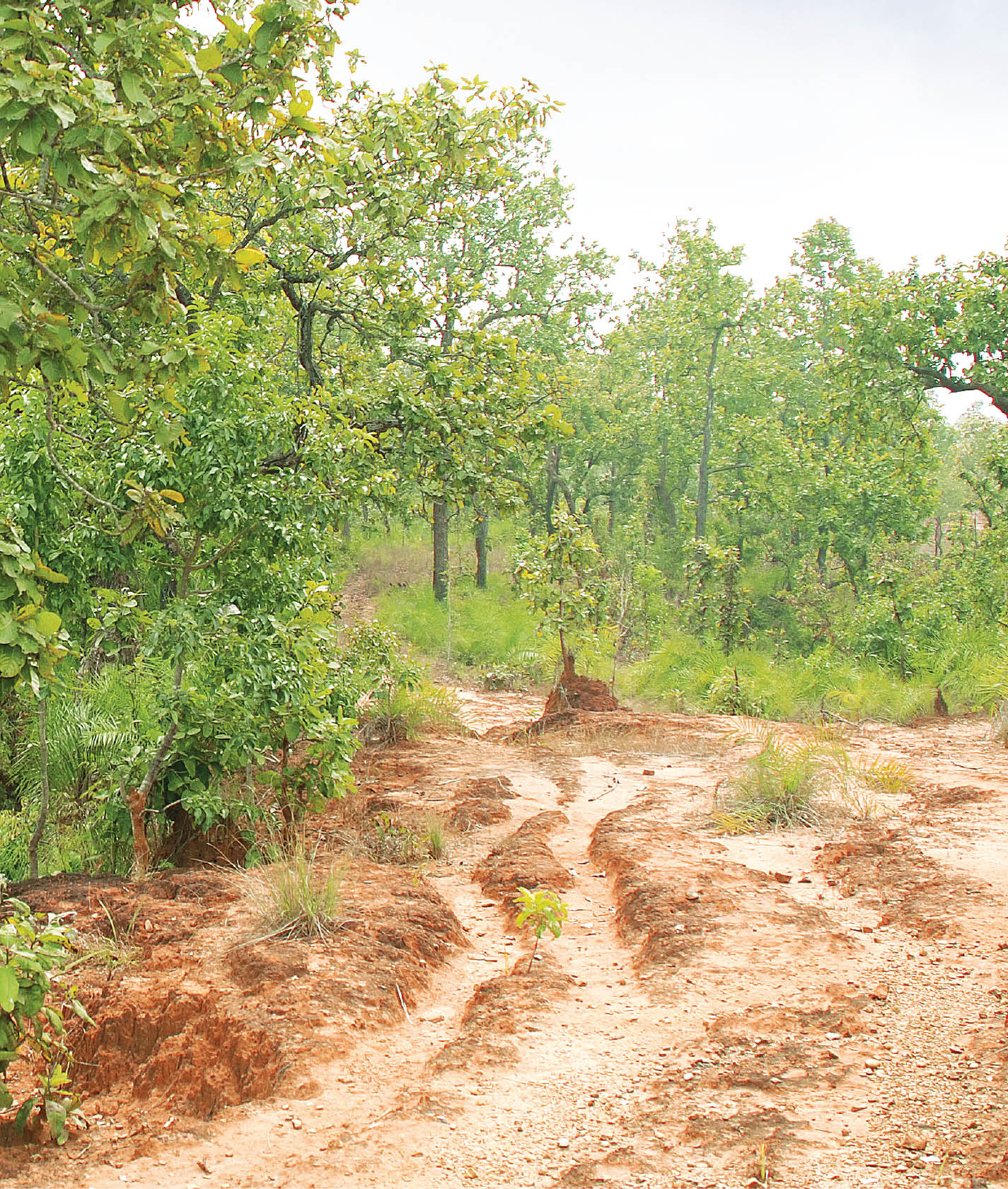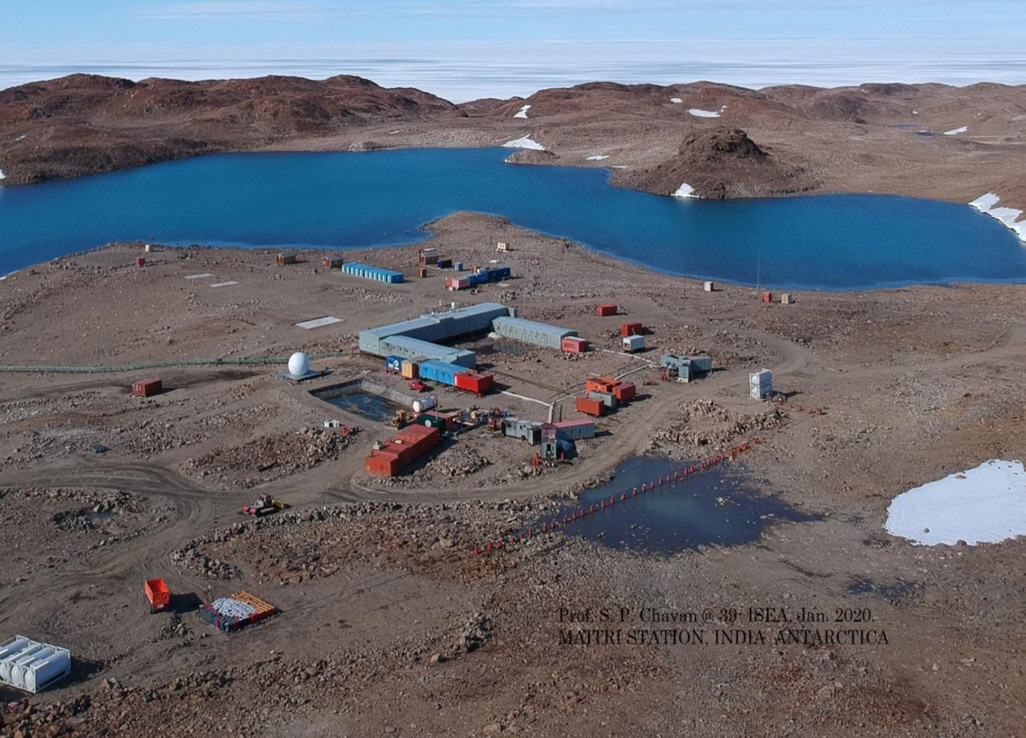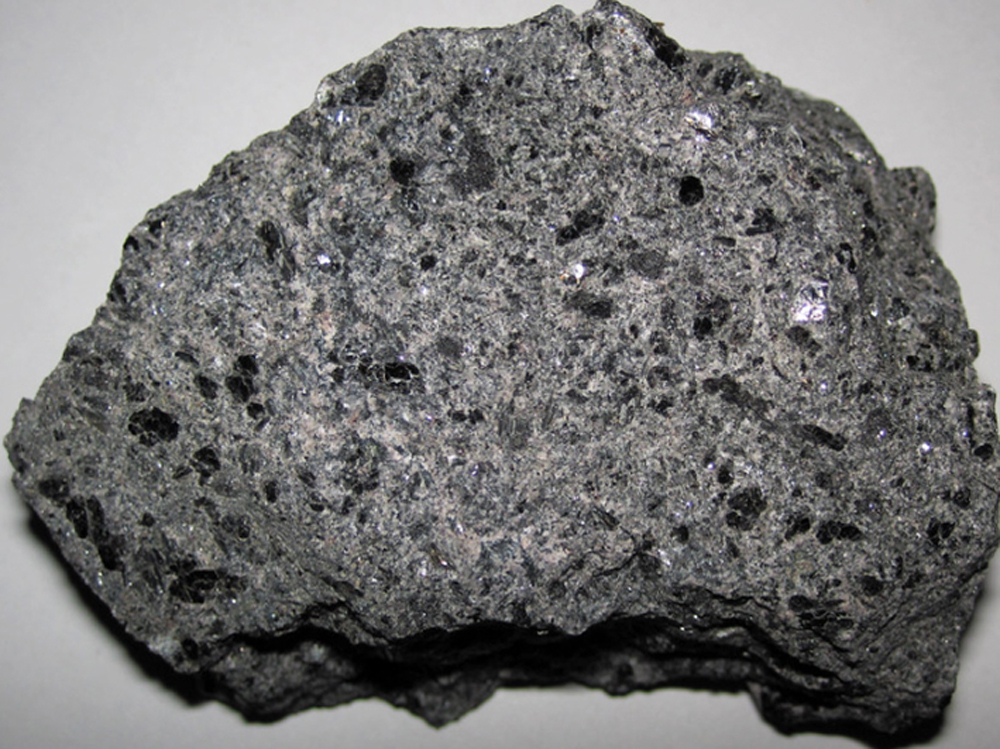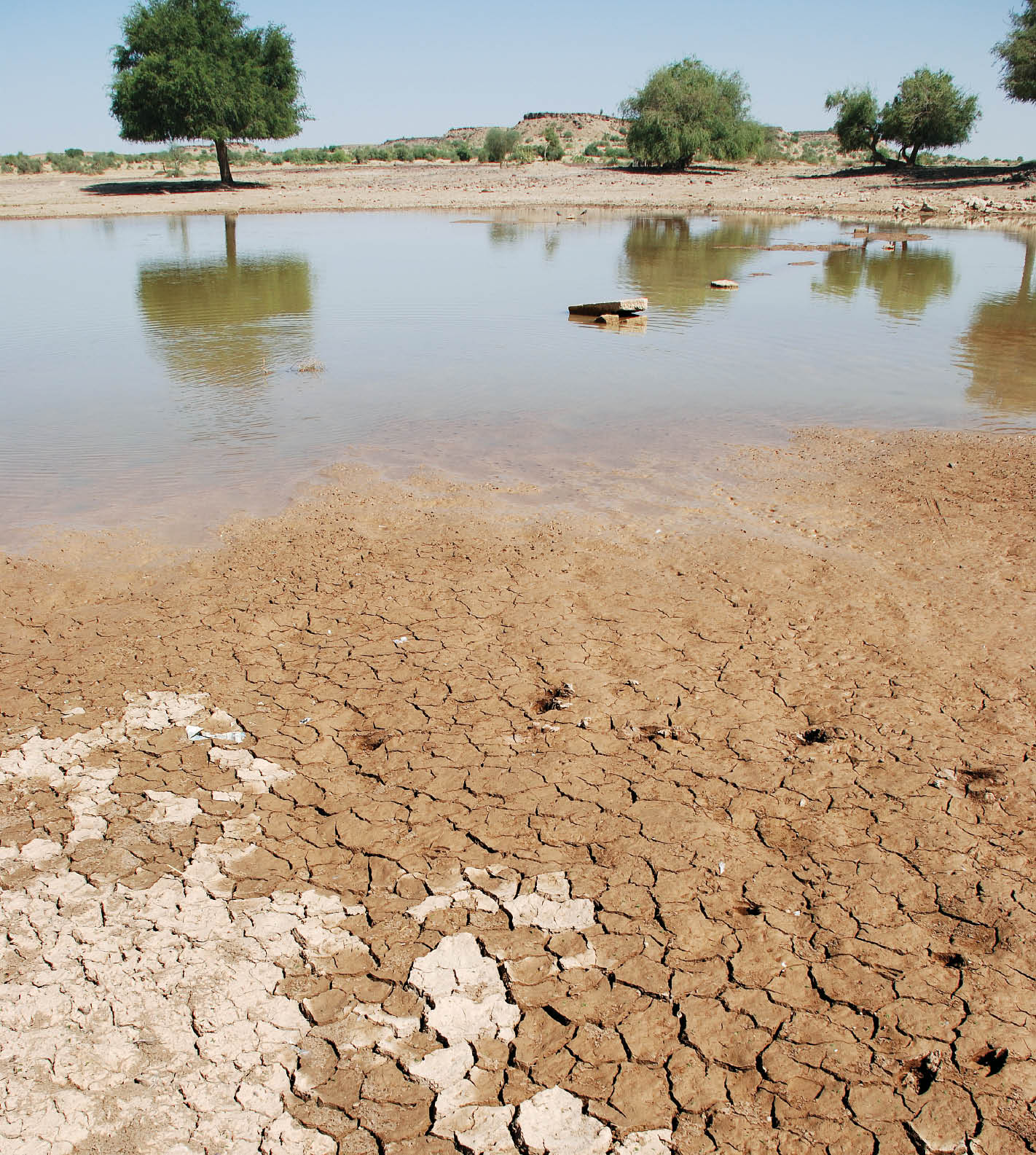Ravine Erosion in India



India is set to embark on a new chapter in its Polar exploration journey with the construction of Maitri II. The Indian government plans to establish a new research station near the existing Maitri ba...
.png )
The Deep Ocean Mission (DOM), approved by the Government of India in 2021 under the Ministry of Earth Sciences (MoES), represents a strategic step in realizing Sustainable Development Goal 14 (SDG 14:...

China recently announced restrictions on the export of seven rare earth elements (REEs), soon after US President Donald Trump decided to impose tariffs. As the world's dominant supplier—responsible fo...
A Geospatial Study of Lower Chambal Valley The ravines of Chambal have probably originated from tectonic activity and have till date shown no obvious relation to climate, but continued deforestation...
Land Degradation and Climate Change The vulnerability of drylands is now markedly visible with acres of cropped land degraded. The 1977 Landsat MSS image, shows Ghaggar Diversion Channel bringing exc...
India accounts for about 2.4 per cent of the world’s geographical area but supports about 17 per cent of the world’s human population and 15 per cent of the livestock.
A Geospatial Study of Lower Chambal Valley The ravines of Chambal have probably originated from tectonic activity and have till date shown no obvious relation to climate, but continued deforestation exposes the nutrient deficient soil, which exacerbates ravine expansion. Extreme climatic events in such a scenario can speed up erosion and prompt a disaster.

Land Degradation and Climate Change The vulnerability of drylands is now markedly visible with acres of cropped land degraded. The 1977 Landsat MSS image, shows Ghaggar Diversion Channel bringing excess water of Ganga Canal to the interdune plains. The fertile valley of the Drishadvati palaeochannel, with crop lands depicted in blue, covering about half the image can be seen. The 2000 Landsat ET...

India accounts for about 2.4 per cent of the world’s geographical area but supports about 17 per cent of the world’s human population and 15 per cent of the livestock.
